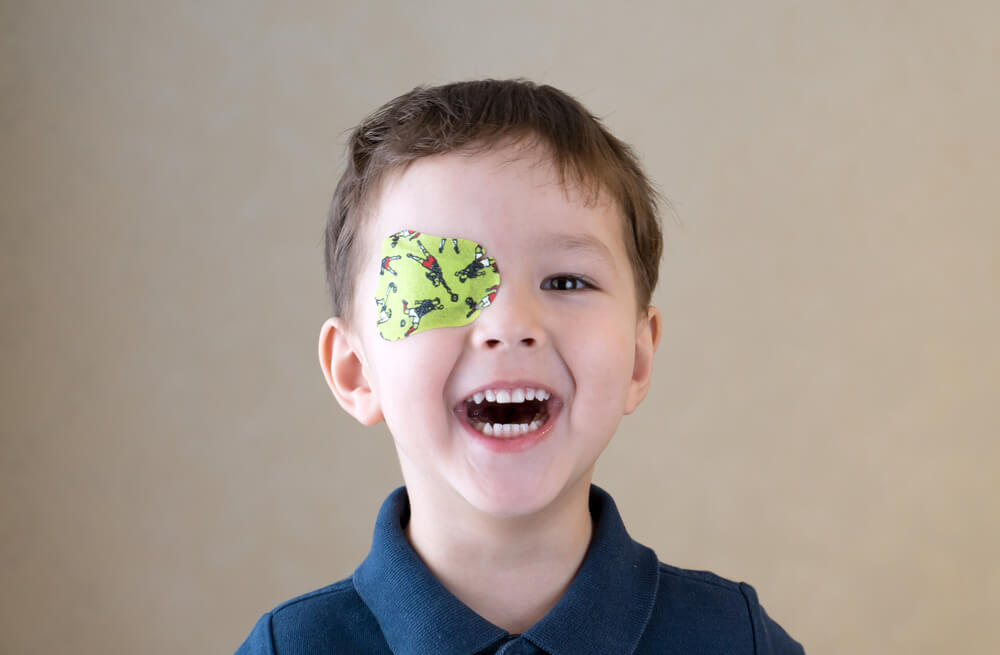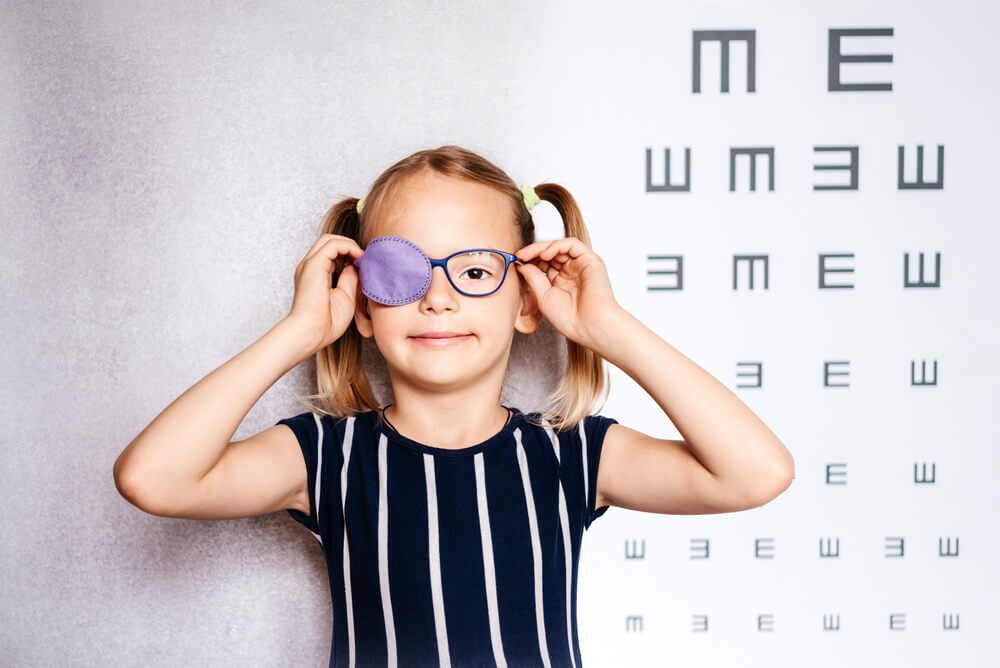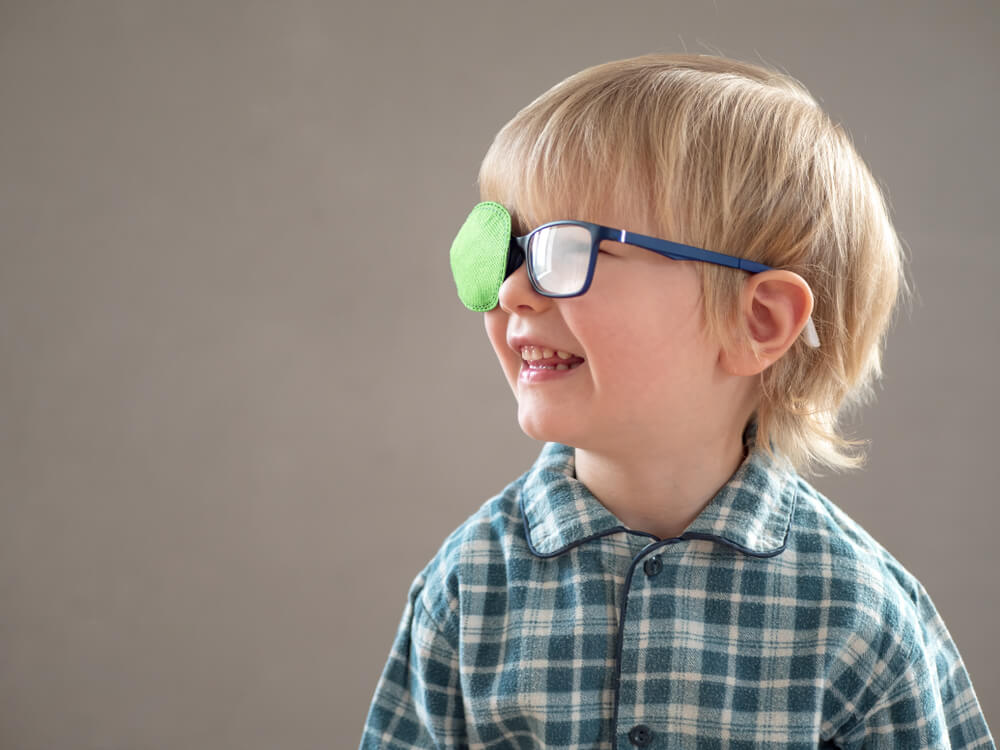Lazy eye is a relatively rare medical condition, affecting only about three percent of the global population. In the United States, it is estimated that 10 million adults and children deal with amblyopia (the medical term for a lazy eye). If you are concerned that your child may have this condition, or you want to inform yourself on lazy eye, this article is perfect for you. We have compiled some of the most critical data on amblyopia, its signs and symptoms, possible treatment methods, and general outlook. If you are ready to learn everything there is to know, keep scrolling for more.
However, before doing that, make sure to consult a licensed medical professional for an accurate diagnosis. If you are looking for the best professionals in your area, we recommend checking out a pediatrician in Miami, Florida.
With that in mind, what is amblyopia, and how do you fix it? Here are the answers.
What is a Lazy Eye?
A lazy eye or amblyopia is a rare neurodevelopmental condition that affects a person’s vision. Typically, it develops before a child’s eighth birthday. Amblyopia usually happens when one eye cannot achieve good visual acuity. Because of this, the patient experiences blurry vision in the mentioned eye, reading difficulties, and poor depth perception. Contact lenses do not make the eyesight better.
As mentioned, around three percent of the population deals with amblyopia, or about 10 million adults and kids in the United States. However, since this condition can be challenging for accurate diagnosis, this number could be larger. Namely, since amblyopia typically develops in a single eye without a detectable eye turn, it can quickly go undiagnosed.
It is crucial to learn about the signs and symptoms of lazy eye. The reason being is that by learning about this condition, you will be able to identify it and seek out expert help. Without adequate treatment, the brain could learn to ignore images that come to the weak eye. Because of this, many patients may deal with permanent vision complications.
Consult with Dr. Hernandez-Puga and help your child today. By receiving expert advice and treatment, you will learn how to fix a lazy eye and avoid unnecessary health issues in the future.
In summary, what is a lazy eye? Amblyopia is when the vision in one of the patient’s eyes does not develop properly. Due to this, the person may experience visual distortions and more severe complications (when left untreated).

The Symptoms of a Lazy Eye
There are a few symptoms of amblyopia that you can look out for, and the following seven signs are the most common. By recognizing the signs of this condition, you will be ready to consult a doctor and get proper treatment for a lazy eye. The most frequent symptoms of this vision-affected condition include:
- Frequent rubs and squints on one eye: If you notice your child squinting, closing one eye, or rubbing an eye when outdoors on a sunny and bright day, they may have amblyopia. These signs could potentially point to having one weaker eye.
- Turning the head to one side: If your child watches TV with their head turned to one side, they could be trying to see more clearly. Since amblyopia usually affects a single eye, the child with the condition may turn the head to use the dominant eye. Often, a child with a lazy eye may turn their head while watching live sports, playing a game, or attempting to catch a ball.
- Having difficulties reading: If the child refuses to read or has bad grades at school, they may be dealing with a lazy eye. Unfortunately, amblyopia can make reading challenging. In most cases, this vision-related condition can cause a loss of place, re-reading certain words, substituting or misreading, skipping, or similar words. Children with the condition may need to put more effort into keeping words clear. Because of this effort, these children may feel more tired and have lower concentration levels. For many children, reading can become stressful and even daunting. This is especially true when the words get smaller with more advanced level books.
- Difficulties with math: Besides reading, children dealing with a lazy eye can struggle with math. When amblyopia develops, the eyes can become misaligned. As a result, children can have double or blurry vision, affecting how they perceive math problems on a page.
For instance, when a child notices math problems stacked in a row, they may not see accurate numbers. This, in turn, leads to wrong calculations. Also, similar to reading, children with this condition may be stressed out and tired more (due to the excessive energy needed to solve math).
- Difficulties performing sports: Kids who enjoy playing sports but cannot keep up with peers due to tripping, bumping into things, and falling may have a lazy eye. Since amblyopia can also affect the perception of depth, kids with this condition may not be able to judge the location or distance of objects.
- Reduced fine motor skills: Kids with amblyopia can have messy handwriting due to this condition. Symptoms of amblyopia include poor depth perception and binocular coordination, reducing the person’s fine motor skills.
- Difficulties staying focused: If your child’s attention frequently wanders (especially during drawing or reading), they could be dealing with a lazy eye. When kids with this condition need to do activities that require prolonged visual focus, they could experience a loss of concentration.
Now that you know the answer to “what is a lazy eye” and you can recognize some of the most common signs and symptoms, your next step is talking to a professional. Whenever in doubt, seek out a reliable and safe clinic with medical experts you trust. Doing this will maximize the chances of a successful treatment for a lazy eye.
The Most Common Causes of Amblyopia
Here are the four most common causes of this condition:
- Strabismus: This happens when the eyes do not line up properly.
- Refractive errors: One of the eyes can focus better than the other.
- Cataracts: Patients with cataracts have a cloudly lens inside their eyes that makes their vision blurry.
- Ptosis or droopy eyelid: A person with a sagging eyelid will have blocked vision.
What is the Best Treatment for Lazy Eye?
Early diagnosis is essential for receiving proper treatment. Luckily, you have many options for treatment for a lazy eye. Depending on the cause of the condition, patients may require different treatments. Here is how to fix a lazy eye:
- Correcting underlying vision complications such as astigmatism, farsightedness, or nearsightedness with glasses.
- Wearing a patch over the stronger eye to utilize the weaker one more.
- Eye drops with atropine.
- A Bangerter filter over an eyeglass lens of the strong eye to create blurry vision. As a result, the patient will use the weak eye more.
- Surgery (if the condition is caused by a cataract blocking light from the eye).

FAQ
How to fix a lazy eye?
Talk to your doctor about the treatment options available for you. Depending on the condition’s cause, your child may require unique treatments.
Are there any complications associated with this condition?
Yes, complications are possible if the child is left untreated or if the treatment begins very late. For instance, the child may experience permanent vision loss.
Give Us a Call Today
If you suspect your child may be dealing with this neuro-developmental vision condition and you are confused, we are here to help. Book a schedule with us to start the healing journey to better health.




